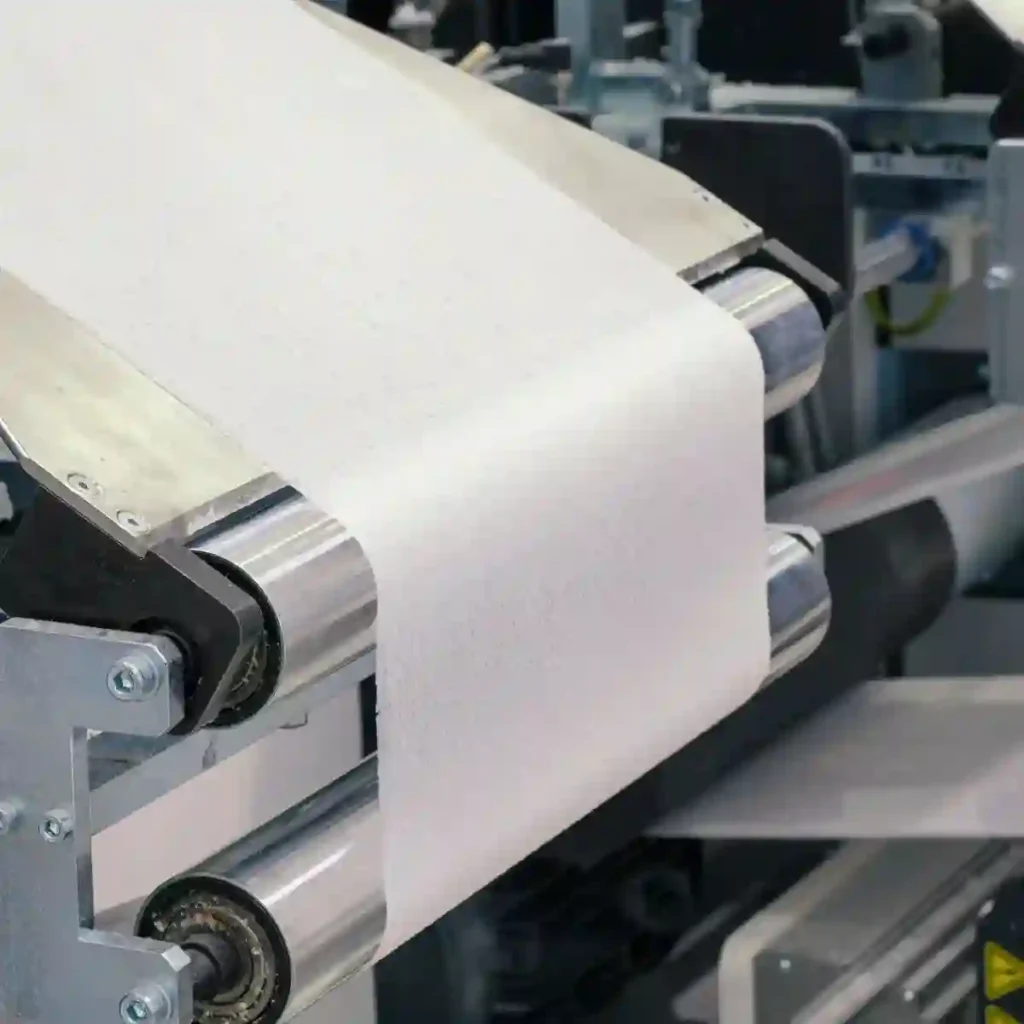Pulp & Paper magnesium hydroxide
Messi Biology’s Pulp & Paper magnesium hydroxide functions as a cellulose protector and an alkali in mechanical pulp peroxide bleach systems, as well as in the oxygen delignification and extraction stages of chemical pulp bleaching. Pulp & Paper magnesium hydroxide has multiple applications in pulp bleaching and provides the following benefits:

| Mechanical Pulp Bleaching | Chemical Pulp Bleaching |
| Significantly lowers bleach chemical costs by eliminating or reducing caustic soda and sodium silicate usage and by yielding higher residual peroxide for potential reuse | Reduces chemical costs by eliminating magnesium sulfate usage in oxygen delignification and extraction stage bleaching |
| Reduces potential for silicate scaling and oxalate scaling | Lowers caustic soda, peroxide and/or chlorine dioxide usage in chemical pulp bleaching |
| Lowers BOD/COD up to 40% | Maintains brightness and physical properties |
| Improves pulp yield as indicated by BOD/COD reduction | |
| Reduces anionic trash as measured by conductivity up to 40% | |
| Maintains brightness and physical properties |
Pulp & Paper magnesium oxide
When bleaching pulp, magnesium oxide can be used. Compared with the traditional bleaching process, magnesium oxide can replace caustic soda. At the same time, magnesium oxide can improve the viscosity of the pulp, maintain the brightness of the pulp, and reduce the COD content and production costs.
In the process of hydrogen peroxide bleaching pulp, magnesium oxide can replace caustic soda and play the role of reducing the content of iron and manganese ions in the pulp, also can avoid yellowing due to the presence of excessive iron and improve the quality of the pulp. At the same time, magnesium oxide has buffering effect, and easy to control the pH value. If with phosphate, silicate and other inorganic complexing agent with the use of the effect will be better.
Magnesium oxide can act as a wetting agent to improve the pulp deinking operation. The traditional sulfite pulping process is improved into magnesium sulfite pulp conditioning process, after the improvement can use lower quality wood as raw material, the pulp produced can be used to manufacture news printing paper, and the chemicals used and waste heat can be recycled. In this way, many ecological and economic problems of the traditional sulfite pulping operation are solved for paper mills.
